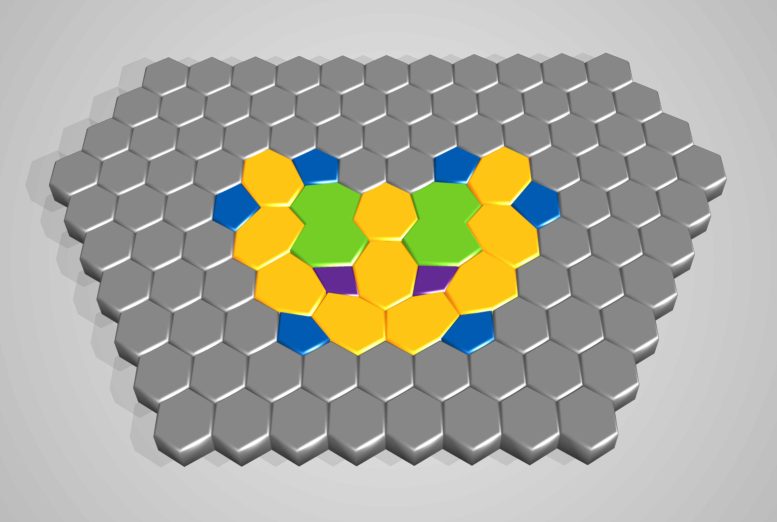
A substructure consisting of rings of different sizes embeds itself seamlessly into a hexagonal structure. Credit: Martin Luther University Halle-Wittenberg
At high temperatures, the structure of two-dimensional titanium oxide breaks down and forms rings of four, seven, and ten atoms when barium is added, instead of the typical hexagons. This aperiodic ordering of atoms was discovered by a team of researchers from Martin Luther University Halle-Wittenberg (MLU) in collaboration with the Max Planck Institute for Microstructure Physics, the Université Grenoble Alpes, and the National Institute of Standards and Technology in Gaithersburg, USA.
Their research solves the mystery of forming two-dimensional quasicrystals from metal oxides and was recently published in the journal Nature Communications.
Hexagons are frequently found in nature. The best-known example is honeycomb, but graphene or various metal oxides, such as titanium oxide, also form this structure. “Hexagons are an ideal pattern for periodic arrangements,” explains Dr. Stefan Förster, a researcher in the Surface and Interface Physics group at MLU’s Institute of Physics.
“They fit together so perfectly that there are no gaps.”
In 2013, this group made an astonishing discovery upon depositing an ultrathin layer containing titanium oxide and barium on a platinum substrate and heating it to around 1,000 degrees centigrade in an ultra-high vacuum. The atoms arranged themselves into triangles, squares, and rhombuses that group in even larger symmetrical shapes with twelve edges. A structure with 12-fold rotational symmetry was created, instead of the expected 6-fold periodicity.
According to Förster, “Quasicrystals were created that have an aperiodic structure. This structure is made of basic atomic clusters that are highly ordered, even if the systematics behind this ordering is difficult for the observer to discern.” The physicists from Halle were the first worldwide to demonstrate the formation of two-dimensional quasicrystals in metal oxides.
The mechanisms underlying the formation of such quasicrystals remained puzzling since their discovery. The physicists at MLU have now solved this riddle in collaboration with researchers from the Max Planck Institute for Microstructure Physics Halle, the Université Grenoble Alpes, and the National Institute of Standards and Technology (Gaithersburg, USA). Using elaborate experiments, energetic calculations, and high-resolution microscopy, they have shown that high temperatures and the presence of barium create a network of titanium and oxygen rings with four, seven, and ten atoms respectively.
“The barium both breaks up the atomic rings and stabilizes them,” explains Förster, who heads the joint project. “One barium atom is embedded in a ring of seven, two in a ring of ten.” This is possible because the barium atoms interact electrostatically with the platinum support, but do not form a chemical bond with the titanium or oxygen atoms.
With their latest discovery, the researchers have done more than just clarify a fundamental question of physics. “Now that we have a better understanding of the formation mechanisms on the atomic level, we can try to fabricate such two-dimensional quasicrystals on demand in other application-relevant materials like metal oxides or graphene,” says Förster. “We are excited to learn whether this special arrangement will produce completely new and useful properties.”
Reference: “2D honeycomb transformation into dodecagonal quasicrystals driven by electrostatic forces” by Sebastian Schenk, Oliver Krahn, Eric Cockayne, Holger L. Meyerheim, Marc de Boissieu, Stefan Förster and Wolf Widdra, 7 December 2022, Nature Communications.
DOI: 10.1038/s41467-022-35308-z
The experiments were carried out as part of the project “Aperiodic crystals: structure, dynamics and electronic properties”, which is funded by the German Research Foundation and the French Agence Nationale de la Recherche.

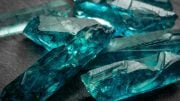
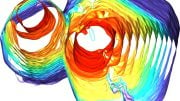
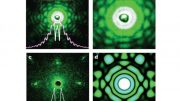
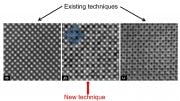
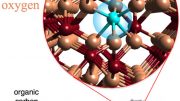

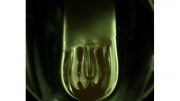
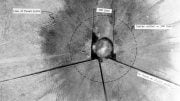
Please include more images to your articles … because it increases understanding significantly… draw schematics and images describing article and I will read most of them and comment in your website..thanks for the well written articles ❤